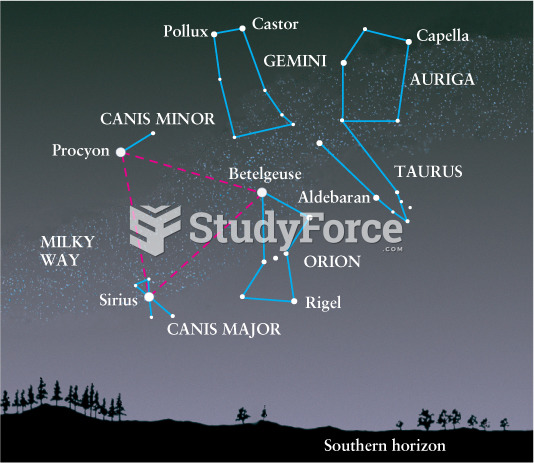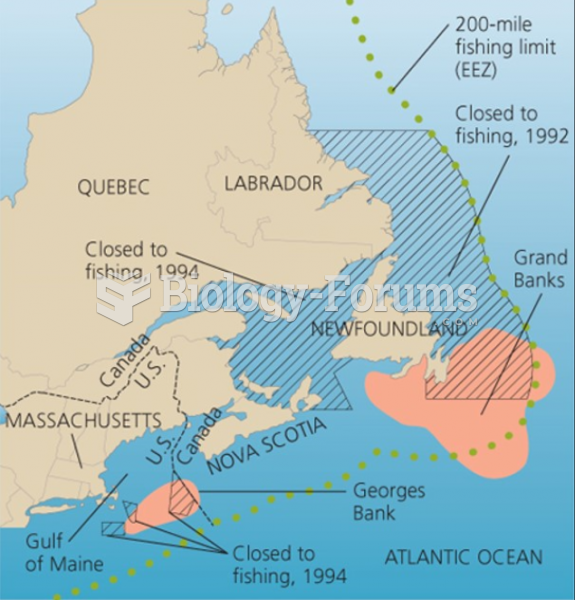|
|
|
There used to be a metric calendar, as well as metric clocks. The metric calendar, or "French Republican Calendar" divided the year into 12 months, but each month was divided into three 10-day weeks. Each day had 10 decimal hours. Each hour had 100 decimal minutes. Due to lack of popularity, the metric clocks and calendars were ended in 1795, three years after they had been first marketed.
There are 20 feet of blood vessels in each square inch of human skin.
The most destructive flu epidemic of all times in recorded history occurred in 1918, with approximately 20 million deaths worldwide.
Asthma cases in Americans are about 75% higher today than they were in 1980.
The heart is located in the center of the chest, with part of it tipped slightly so that it taps against the left side of the chest.
 Massive amounts of wood are stored on the forest floor of old-growth temperate coniferous forests of
Massive amounts of wood are stored on the forest floor of old-growth temperate coniferous forests of
 This photo, taken in Birmingham, Alabama, provides a glimpse into the determination and bravery of ...
This photo, taken in Birmingham, Alabama, provides a glimpse into the determination and bravery of ...




